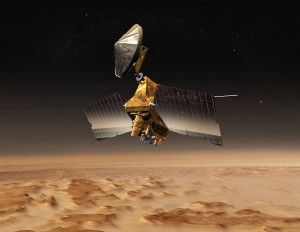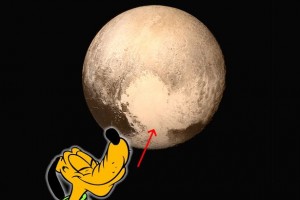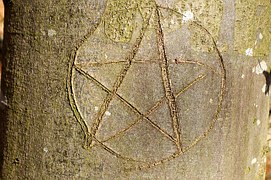Is there a right to privacy?
There is this curious passage in the New Testament Book of Luke, Chapter 12, Verses 2&3:
“There is nothing concealed that will not be revealed,
nor secret that will not be known.
Therefore whatever you have said in darkness
will be heard in light,
and what you have whispered behind closed doors
will be proclaimed on the housetops.”
I think most politicians know this verse — or are in the process of learning it.
But is there a right to privacy?
* * *
A “right” is a moral or legal entitlement to have something. “Privacy” is being free from public attention. So a right to privacy is an entitlement to be free from public attention. But from where does this right derive?
A “moral” right is a right based on fundamental principles of right and wrong. In the Old Testament Book of Exodus, Chapter 20, Verses 2-17, we have the Ten Commandments, one of the most fundamental statements of right and wrong. In fact, the Old and New Testaments are widely considered a foundational compendia of moral rightness and wrongness.
But the verse from Luke quoted above is clear that all private matters, secret sayings and muffled whisperings will be made public. From this we can infer that there is no moral entitlement for our actions, words or writings to be free from public attention. So, if there is a right to privacy, it must be a legal entitlement and not of moral origins.
* * *
In the United States, the US Constitution does not contain a stated right to privacy. Judges have suggested that a right to privacy can be found in the various Amendments to the Constitution. However, judicial pronouncements reaching for a right to privacy from those sources have been limited in interpretation, controversial in application and not of significant reach for use by the general public.
Largely, the various statutory rights to privacy has been narrowly drawn in written laws enacted by the US Congress, the State Legislatures and local governmental authorities. These laws punish people who let go of certain of your information and allow it to reach the attention of the public. Doctors and hospitals must keep your medical records private. Governmental employees must not release certain information in your file. Financial institutions must limit who can access parts of your credit history and its analyses.
These laws penalize certain folk who do not keep from the public some of your tightly defined “private” information, but none of these laws help much once the information is released. The bad actors may be subject to administrative fines by the agencies, criminal prosecutions by the authorities and civil suits by you for damages, but once your information is released, it’s released.
Released private information is published information, and there’s no pulling back that which has been published and entered the public domain. The secret is no longer secret. The private is no longer private. Even if the laws somehow allow you to try to go and get it and hide it again, we all know that doesn’t work.
Once out, always out. Such is the world of today’s data. Once public, it’s public again and forever. Thank you, Amen.
As Luke suggests, this may be the natural state of human affairs: The concealed, revealed; the secret, known; that said in darkness, bright under the spotlight; and that whispered behind closed doors, proclaimed to the world — and beyond to the ethers of time and space.
* * *
Why fight it? If it’s worth saying, shout it to the housetops. If it’s worth writing, put it on the Internet. If it’s not, don’t.
As Cosmo Castorini (Vincent Gardenia) said to his daughter, Loretta (Cher — who received the Best Actress Oscar for her role), in the 1987 movie, Moonstruck: “They find out anyway.”
They find out anyway.
Grandpa Jim

















